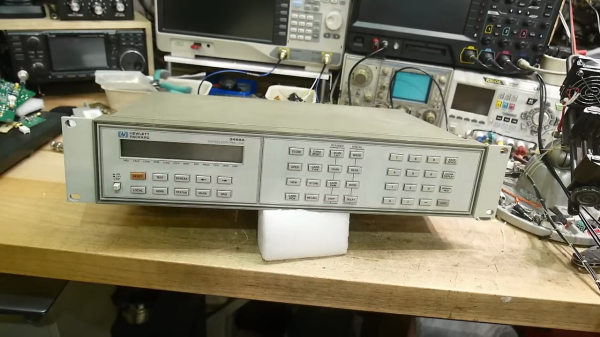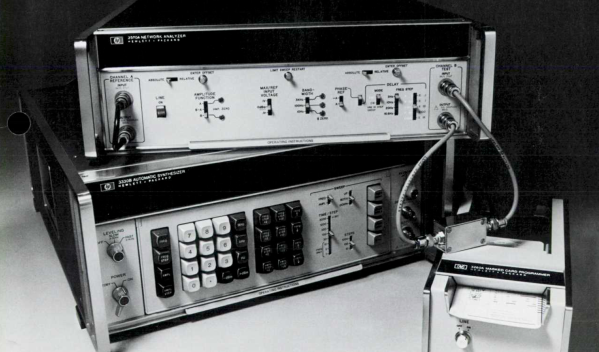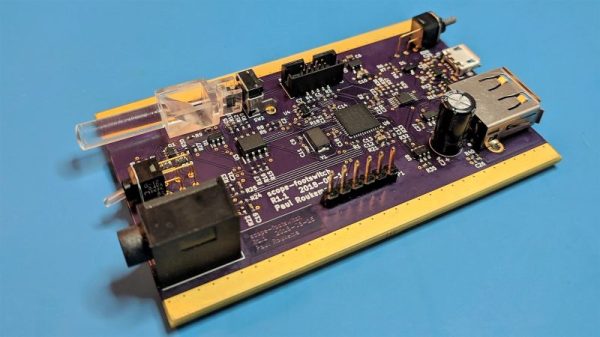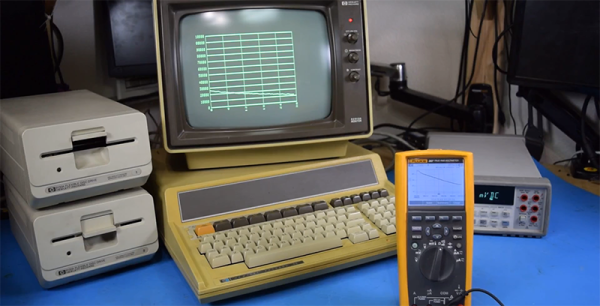The microcomputer revolution of the 1970s and 1980s turned computers from expensive machines aimed at professionals into consumer products found in the average household. But there always remained a market for professional users, who bought equipment that was so far ahead of consumer gear it seemed to belong in a different decade. While a home computer enthusiast in 1981 might fork out a few hundred dollars for an 8-bit machine with 64 KB of memory, a professional could already buy a 32-bit workstation with 2.8 megabytes of RAM for the price of a brand-new sports car. [Tech Tangents] got his hands on one of those machines, an HP Series 200 9863C from 1981, and managed to get it up and running.
The machine came in more-or-less working condition. The display cable turned out to be dodgy, but since it was just a straight-through sub-D cable it was easily replaced. Similarly, the two 5.25″ floppy drives were standard Tandon TM100-2As which [Tech Tangents] had some experience in repairing, although these specific units merely needed a thorough cleaning to remove forty years’ worth of dust. Continue reading “Repairing A $25,000 HP Workstation To Run Pac-Man“



















